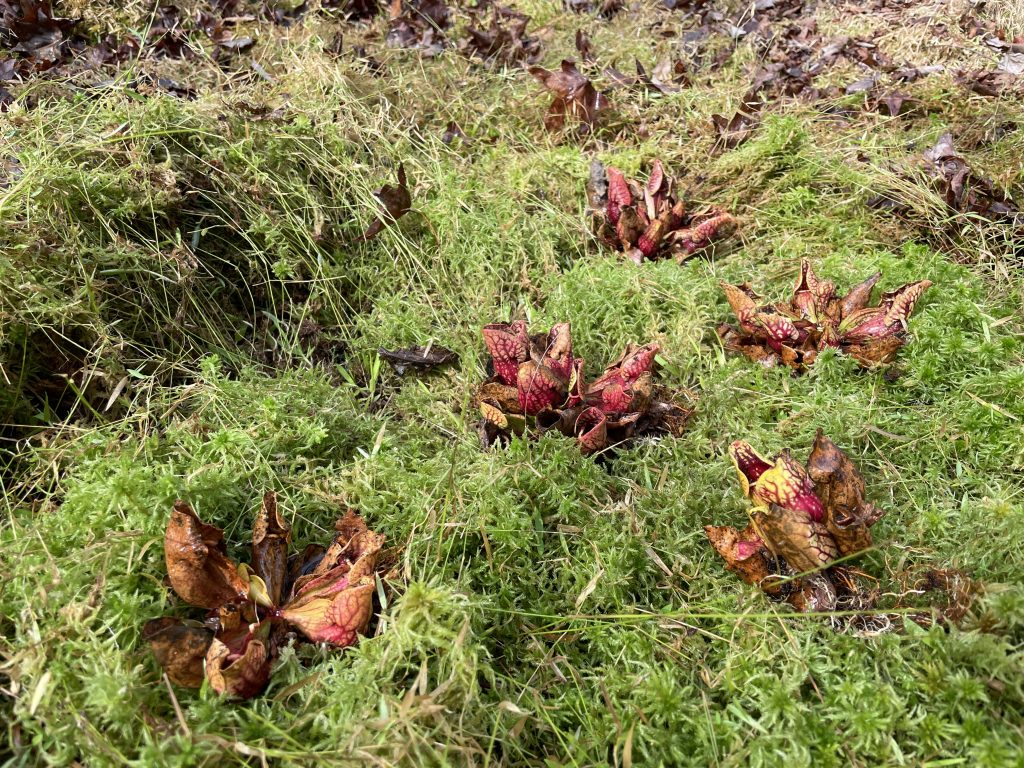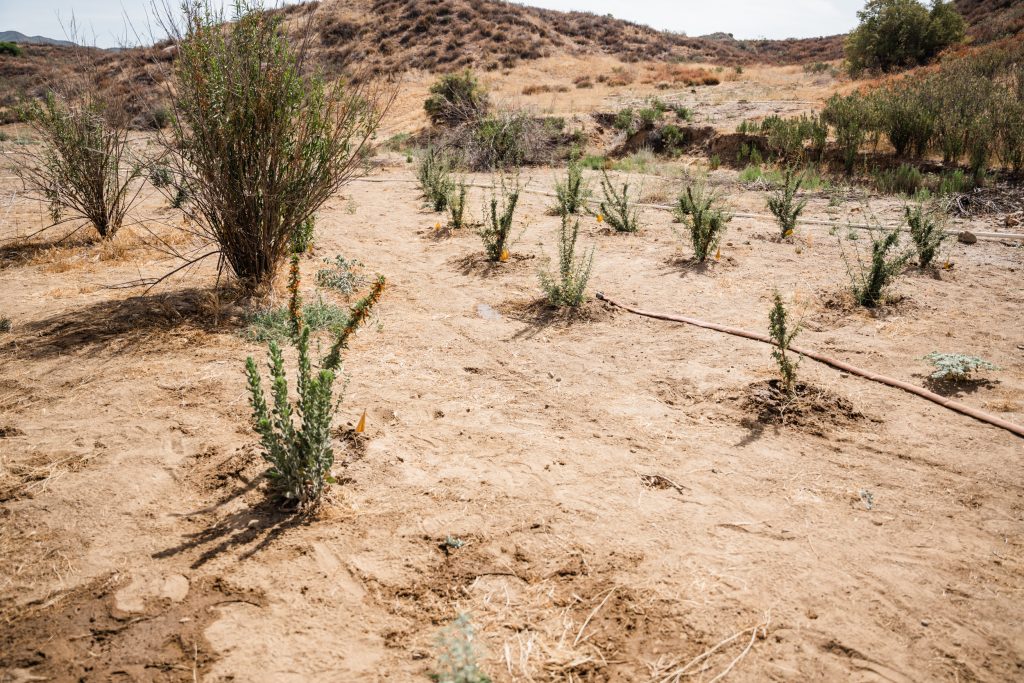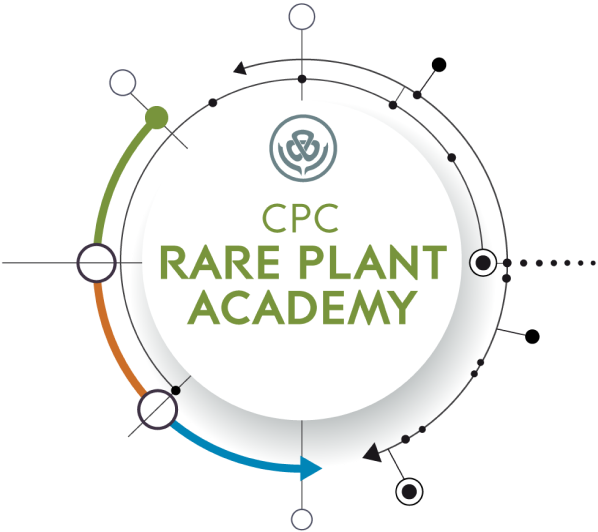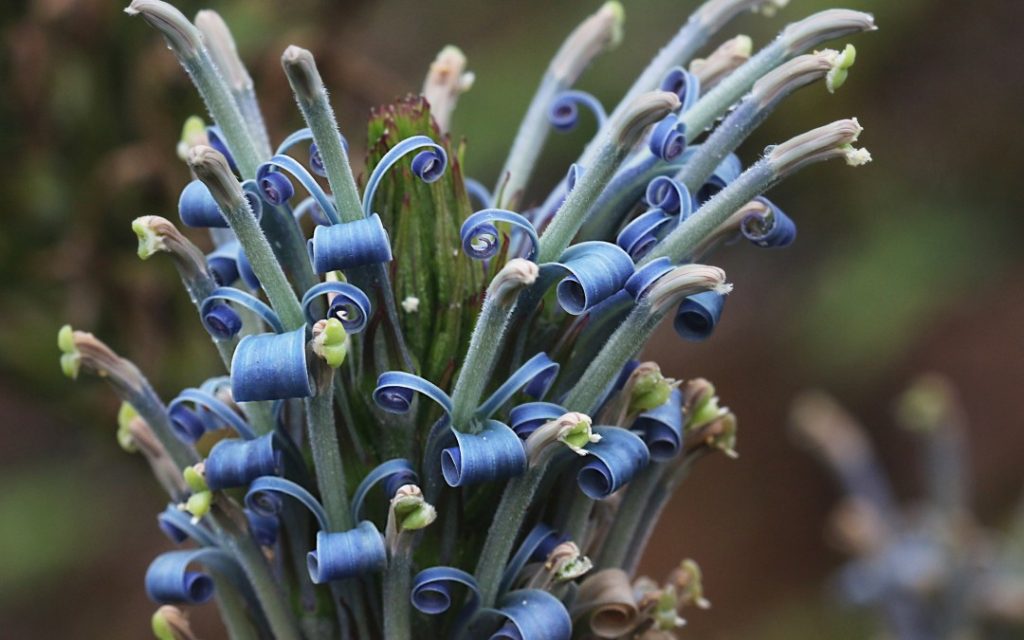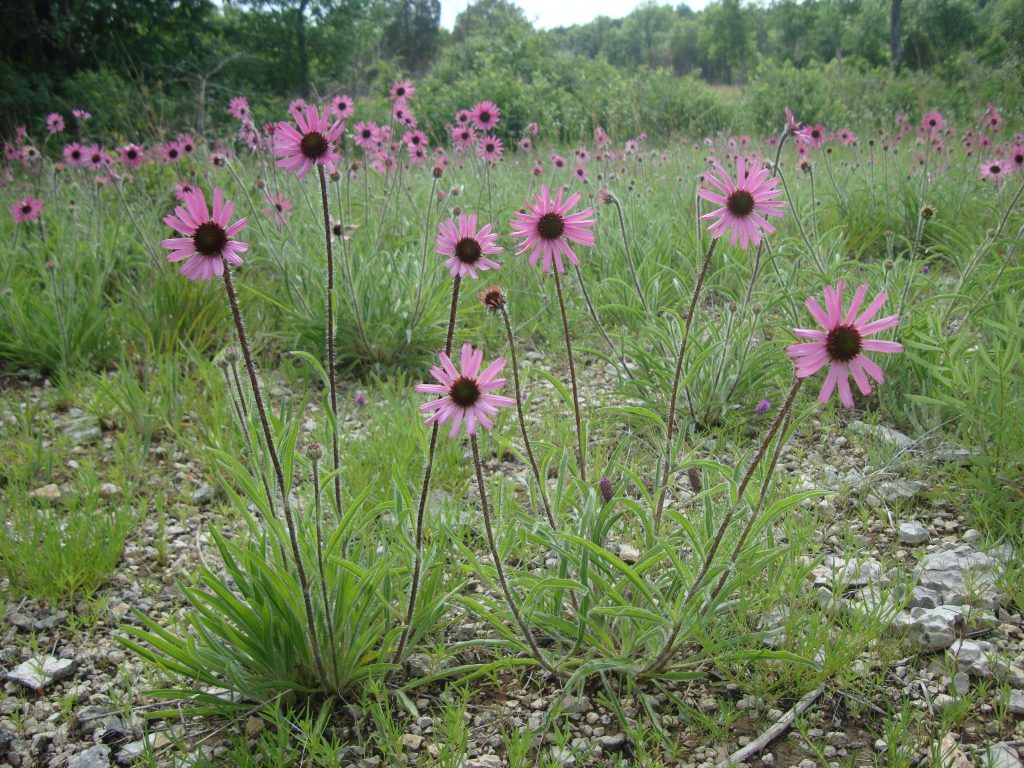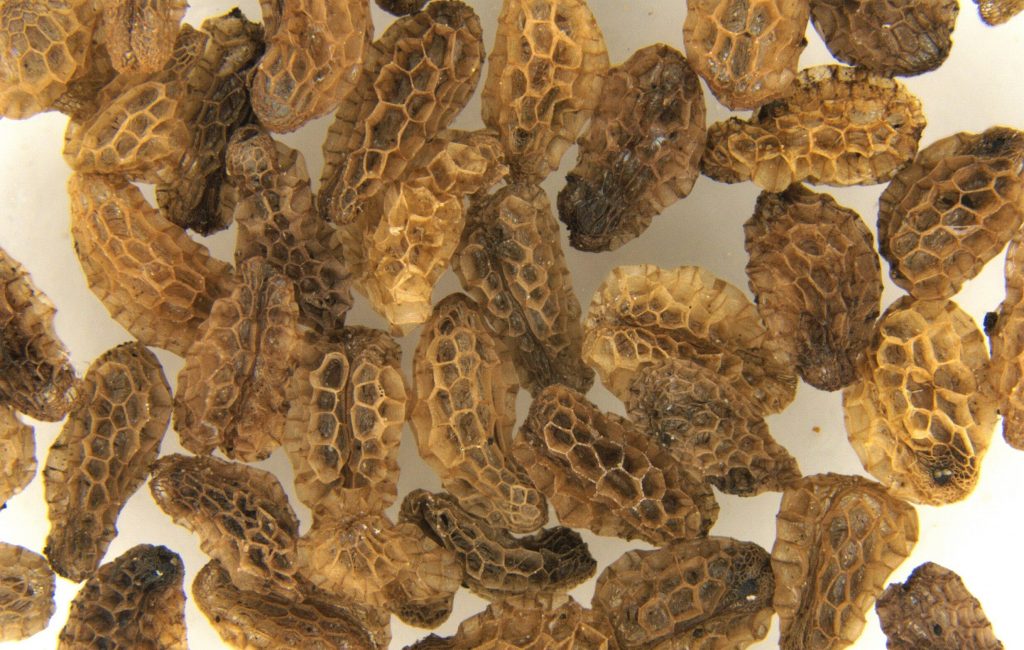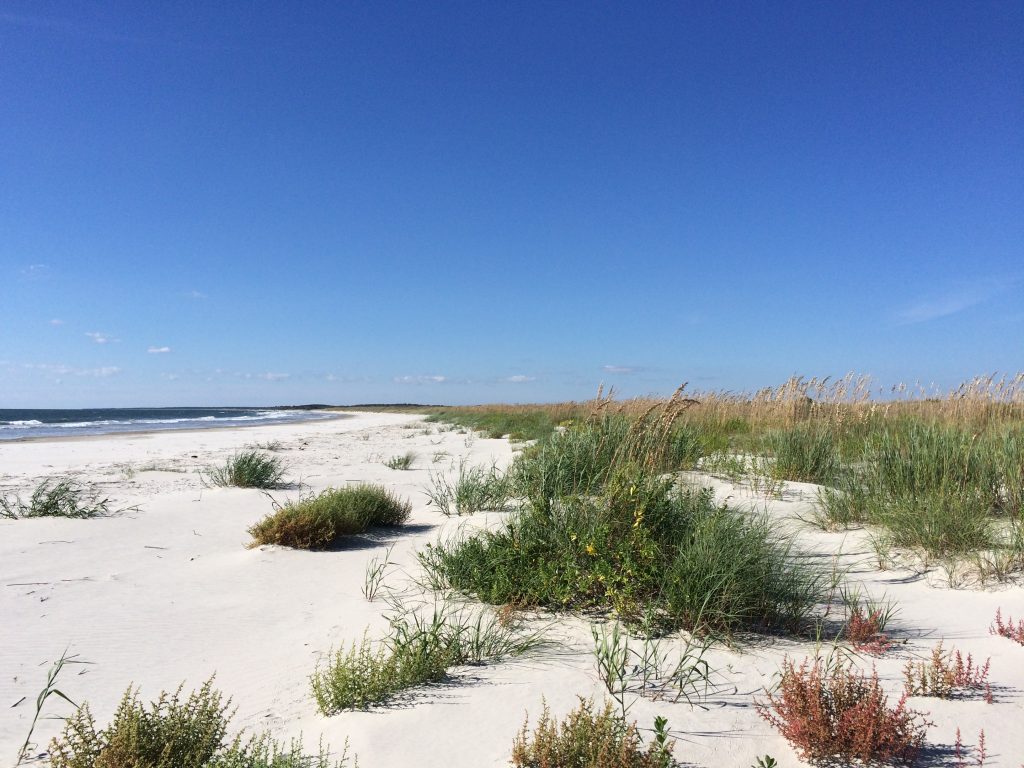
SeppCon 2024: Conservation & Safeguarding Safeguarding Trees Along an Altitudinal Gradient in Southern Costa Rica through Global Collaborations Rodrigo De Sousa*, Rodrigo Benavides, José Rojas, Osa Conservation How can rare tree conservation and landscape restoration efforts be effectively merged for a regional-scale connectivity project? Our project in southwest Costa Rica, called the Ridge to […]
Read More…
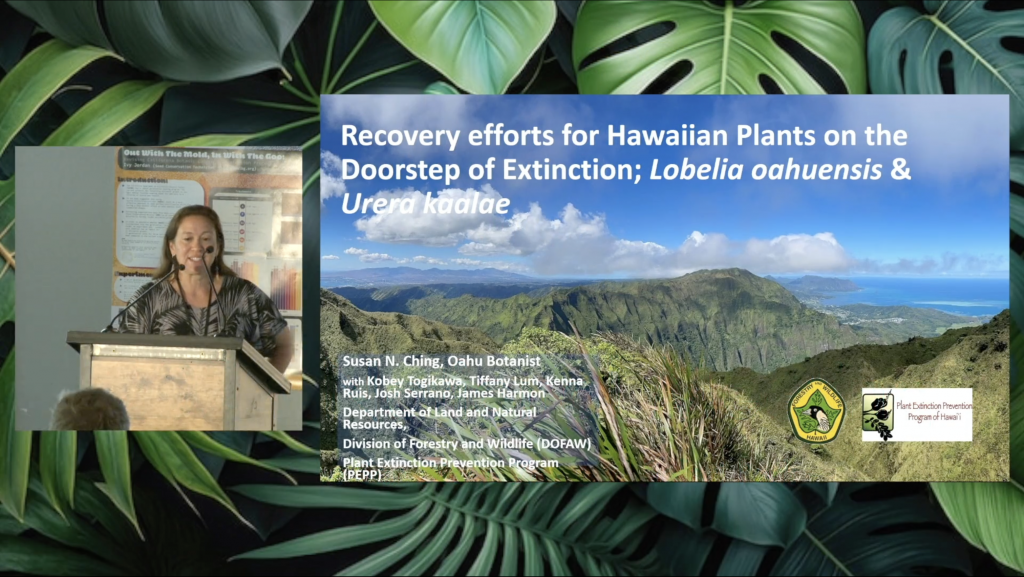
The O’ahu Division of Forestry and Wildlife and Plant Extinction Prevention Program selected two critically endangered species to focus recovery efforts on from 2020-present, with funding from the US Fish and Wildlife. Lobelia oahuensis is a monocarpic, rosette-forming member of the Campanulaceae that is narrowly endemic to the wet forests and shrublands of the highest […]
Read More…
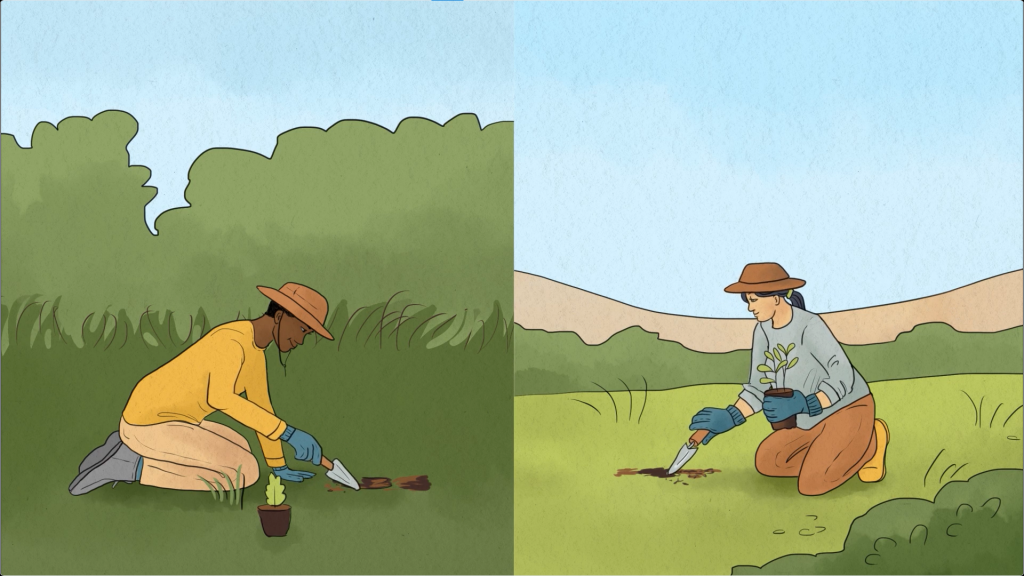
Conservation botanists in the Center for Plant Conservation (CPC) network have been conducting rare plant reintroductions of all kinds for 40+ years. The newly revamped CPC Reintroduction Database (CPCRD) consolidates results from reintroductions throughout the CPC network and beyond, synthesizing data into a dynamic database for practitioner use and scientific analysis. Learn more about the […]
Read More…

The Southeastern Grasslands Initiative (SGI), based out of Austin Peay State University in Clarksville, TN works to conserve, restore, and promote native grasslands of all types throughout a 24 state region. Earlier this year, SGI joined the CPC as a Participating Institution (PI) due to its growing efforts in in situ and ex situ rare […]
Read More…

Dense stands of columnar ‘tree cacti’ similar to those in the Greater Antilles were once found in the Florida Keys, but harvesting, habitat loss, damage from mammals, climate change, and sea level rise led to a population crash that landed the cactus on the US endangered species list in 1984. Fairchild Tropical Botanic Garden’s conservation […]
Read More…

In 2018, to make way for a new bridge being constructed over Pinto Creek just south of Miami/Globe, Arizona the DBG salvaged 34 endangered Echinocereus arizonicus (Arizona hedgehog cactus). These plants were brought back to the garden to recover, propagate cuttings, and collect seed for banking. Upon completion of construction in 2022 we were able […]
Read More…

Seabeach amaranth (Amaranthus pumilus) is a federally threatened, fugitive annual species found on barrier islands off Atlantic coast from South Carolina to Massachusetts. Beginning in the 1980s, the North Carolina Botanical Garden (NCBG) has worked to secure ex situ seed collections. Surveys for seabeach amaranth conducted in the late 1990s returned counts of >200,000 individuals […]
Read More…
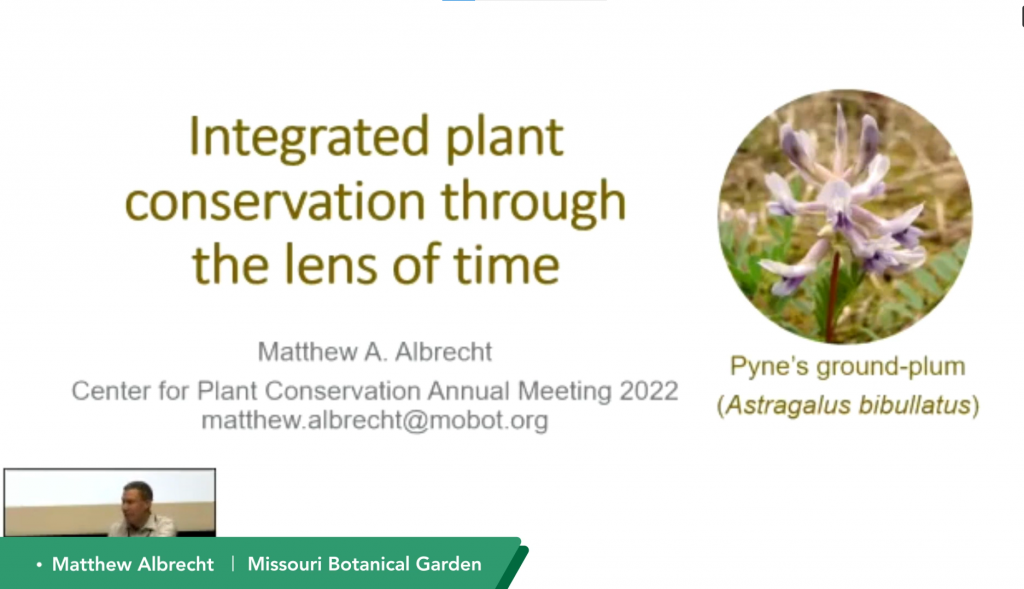
For over three decades, the Missouri Botanical Garden has spearheaded an integrated conservation program with state and federal partners to improve conservation outcomes with the federally endangered wildflower, Pyne’s ground-plum (Astragalus bibullatus). Here, I highlight three key programmatic milestones critical to the successful recovery of this species. First, seed collections made over three decades from […]
Read More…
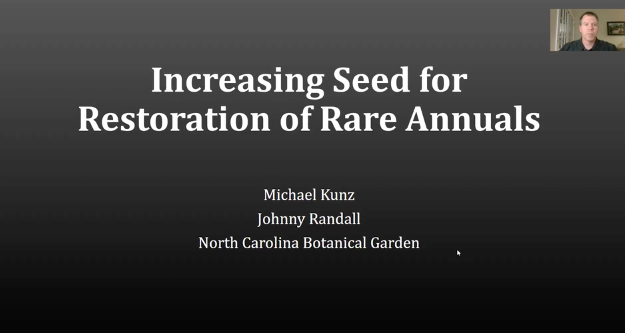
Michael Kunz, North Carolina Botanical Garden Populations of rare plants can fail to produce enough, or any, seed to support reintroduction efforts. This is particularly true for rapidly declining or recently extirpated species or populations. One solution to this problem is to increase the number of seeds through ex situ propagation and seed collection. Amaranthus pumilus is a federally endangered […]
Read More…



